Hood scoops have long been associated with high-performance vehicles, designed to enhance engine efficiency by directing cooler air into the engine bay. However, these features can also be found on non-performance cars, raising the question of why automakers include them on vehicles not built for speed. This exploration delves into the reasons behind this design choice, exploring both practical and aesthetic motivations.
Aesthetic Appeal and Marketing Strategy
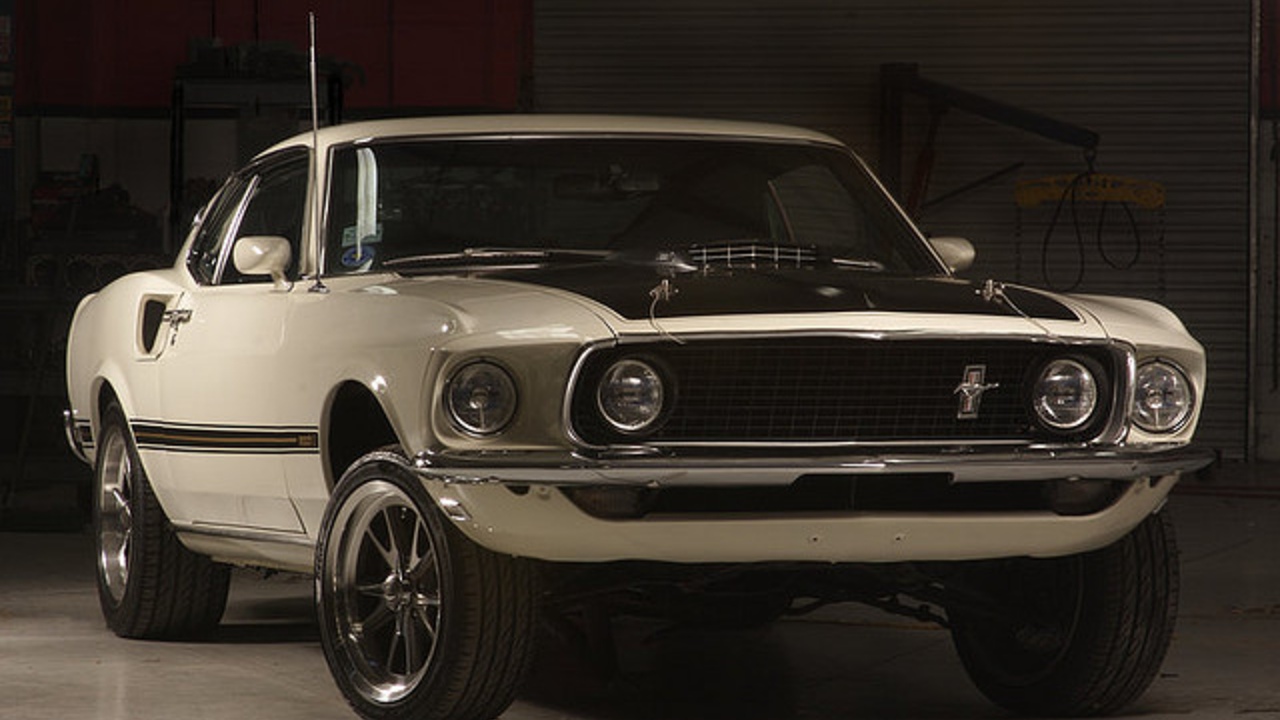
From a visual standpoint, hood scoops contribute significantly to the sportier and more aggressive appearance of a vehicle. This aesthetic upgrade appeals to consumers who desire the look and feel of a performance car but may not wish to bear the associated costs. The visual impact of a hood scoop can transform a standard vehicle, giving it a dynamic edge that resonates with buyers seeking a more thrilling appearance.
Moreover, automakers often employ hood scoops as a strategic tool to align a particular model with sportier or more prestigious vehicles within their lineup, enhancing the brand’s overall perception. For instance, the inclusion of hood scoops in models like the Ford Mustang or the Aston Martin V8 Vantage has created a visual connection between these vehicles and their high-performance counterparts. This approach not only elevates the brand image but also creates a sense of excitement and prestige around the model in question.
Consumer demand plays an integral role in this design choice. Many buyers are naturally drawn to cars that exude a sense of dynamism and adventure. Hood scoops provide that allure, making vehicles more attractive to a broader audience who might prioritize style and aesthetics over raw performance metrics. As a result, automakers cater to these preferences by incorporating design elements that suggest speed and power, even if the actual performance does not match the visual promise.
Functional Considerations in Design
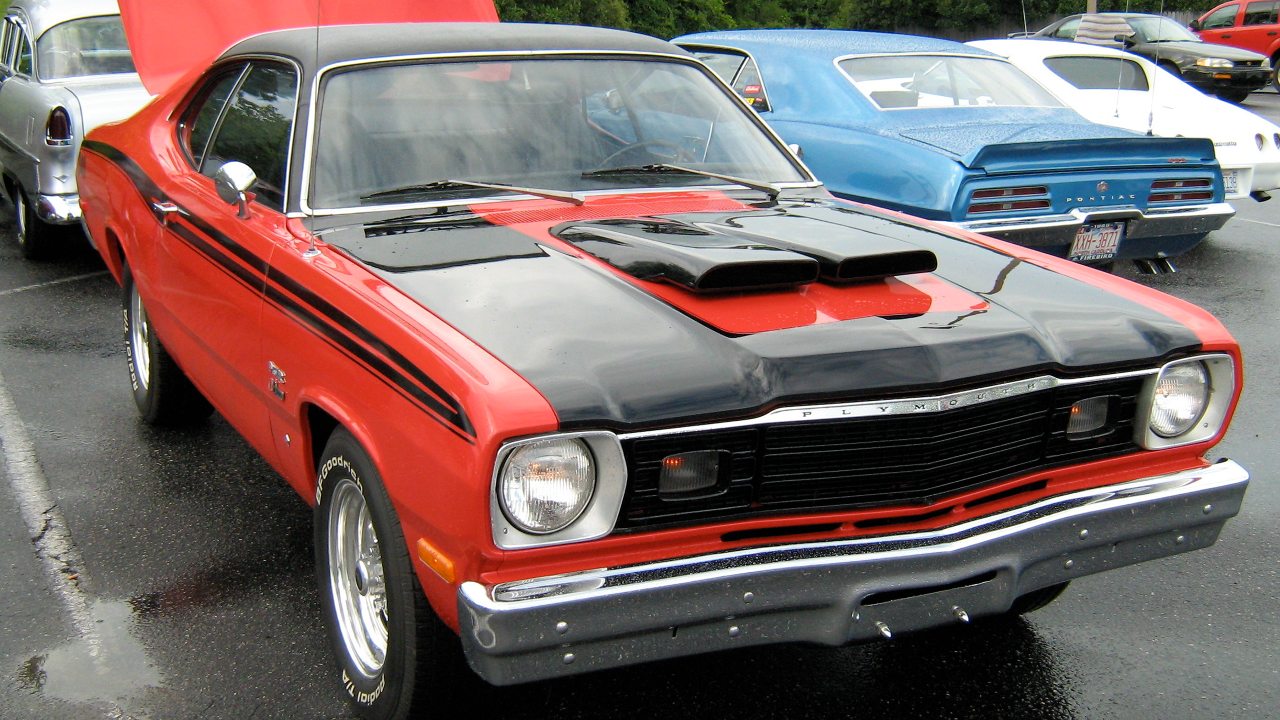
While hood scoops are not always essential for engine cooling in non-performance cars, they can offer some practical benefits. They have the potential to improve airflow within the engine bay, assisting in maintaining optimal engine temperatures. This function, although secondary to aesthetic considerations, can still be a selling point for manufacturers aiming to market their vehicles as having advanced design features.
Another practical aspect is the potential for future upgrades. Many hood scoops serve as functional placeholders, allowing customers the option to upgrade their vehicle’s performance capabilities later on. This modular approach caters to enthusiasts who might wish to enhance their car’s performance over time without the need for significant modifications.
In terms of aerodynamics and efficiency, hood scoops can sometimes contribute to a vehicle’s aerodynamic profile. While primarily aesthetic, certain designs may enhance airflow around the vehicle, potentially improving fuel efficiency. However, the impact is often minimal compared to dedicated aerodynamic features found on true performance models.
Historical Context and Evolution
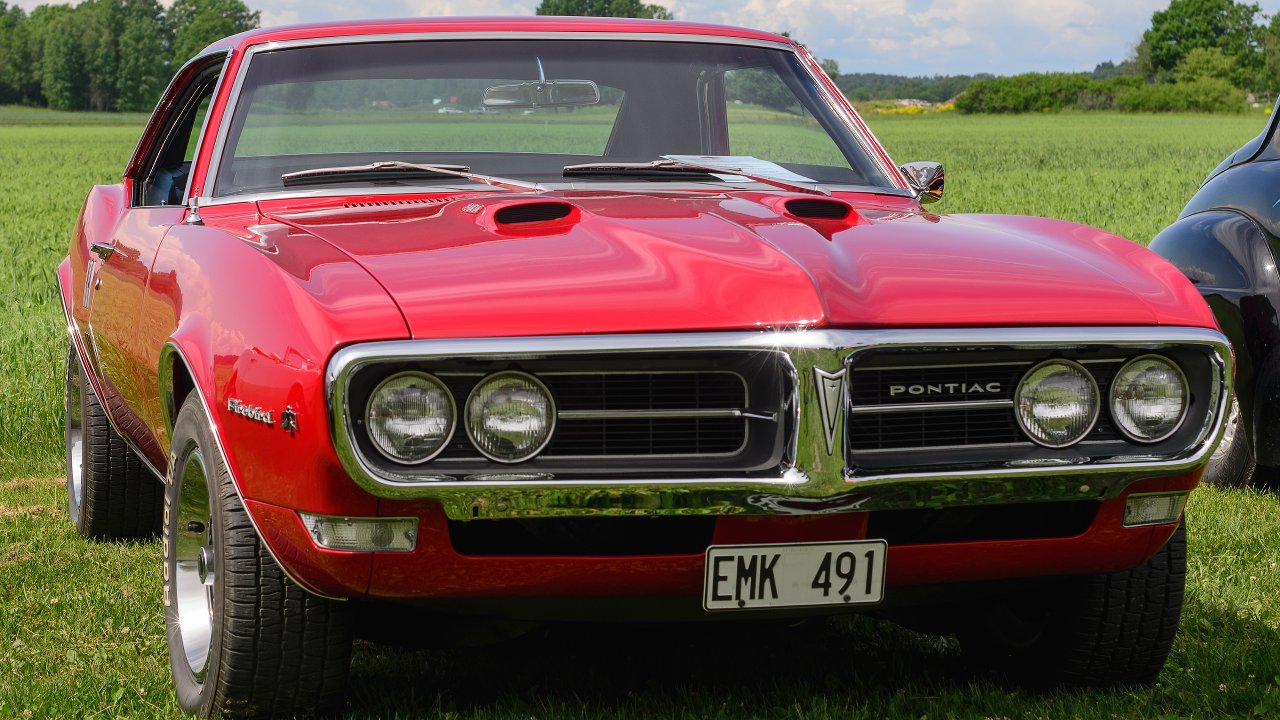
The origins of hood scoops in automotive design can be traced back to their initial introduction in high-performance cars. These features were originally designed to enhance engine performance by directing cooler air into the intake, a necessity for engines generating significant power. Over time, as automotive design evolved, hood scoops began appearing on a broader range of vehicles.
Throughout the decades, the use of hood scoops in non-performance vehicles has evolved alongside changes in consumer trends and advancements in automotive technology. In the 1970s and 1980s, models like the Pontiac Firebird and Chevrolet Camaro popularized the look, leading to a surge in consumer interest. As a result, more manufacturers began incorporating hood scoops into their designs, recognizing the appeal and marketability of this feature.
Analyzing specific examples, such as the Ford Mustang’s enduring popularity, highlights the impact hood scoops have had on everyday cars. These models have maintained a strong presence in the market due in part to their iconic designs, which include hood scoops as a key feature. This enduring appeal underscores the importance of hood scoops in automotive design, even for vehicles not primarily focused on high performance.
Cultural Influence and Symbolism
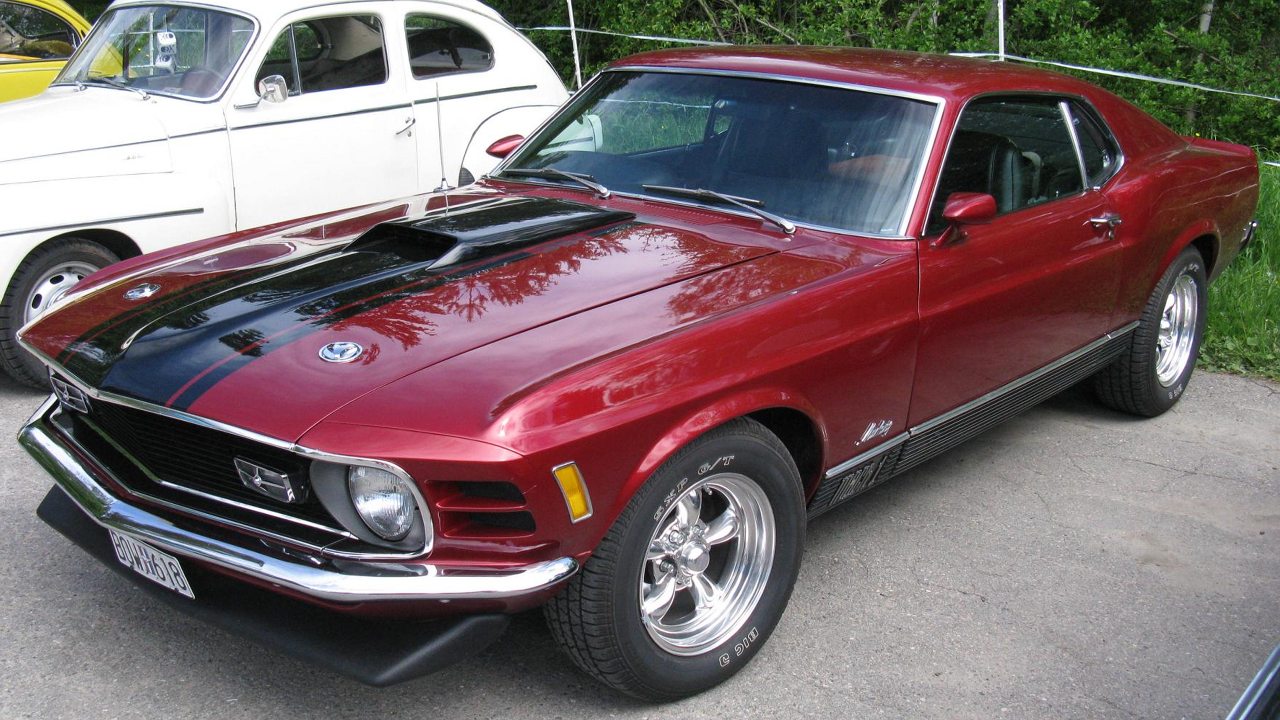
The cultural symbolism of hood scoops extends beyond their functional purpose, representing power and speed even in vehicles not designed for high performance. This perception is deeply ingrained in automotive culture, where the presence of a hood scoop can elevate a car’s status and desirability. The association with performance and speed creates an aspirational quality that resonates with consumers.
Media and pop culture have played a significant role in popularizing the sporty look associated with hood scoops. Movies and television shows often feature cars with prominent hood scoops, reinforcing the connection between these design elements and high-octane action. Moreover, advertising campaigns frequently highlight these features to evoke excitement and appeal to thrill-seeking audiences.
Within car enthusiast communities, hood scoops hold a special significance. They are often seen as a badge of distinction, representing a blend of style and performance. At events like the Woodward Dream Cruise, vehicles with hood scoops attract attention and admiration from onlookers, demonstrating their lasting appeal and cultural importance.
Technological Advancements and Future Trends
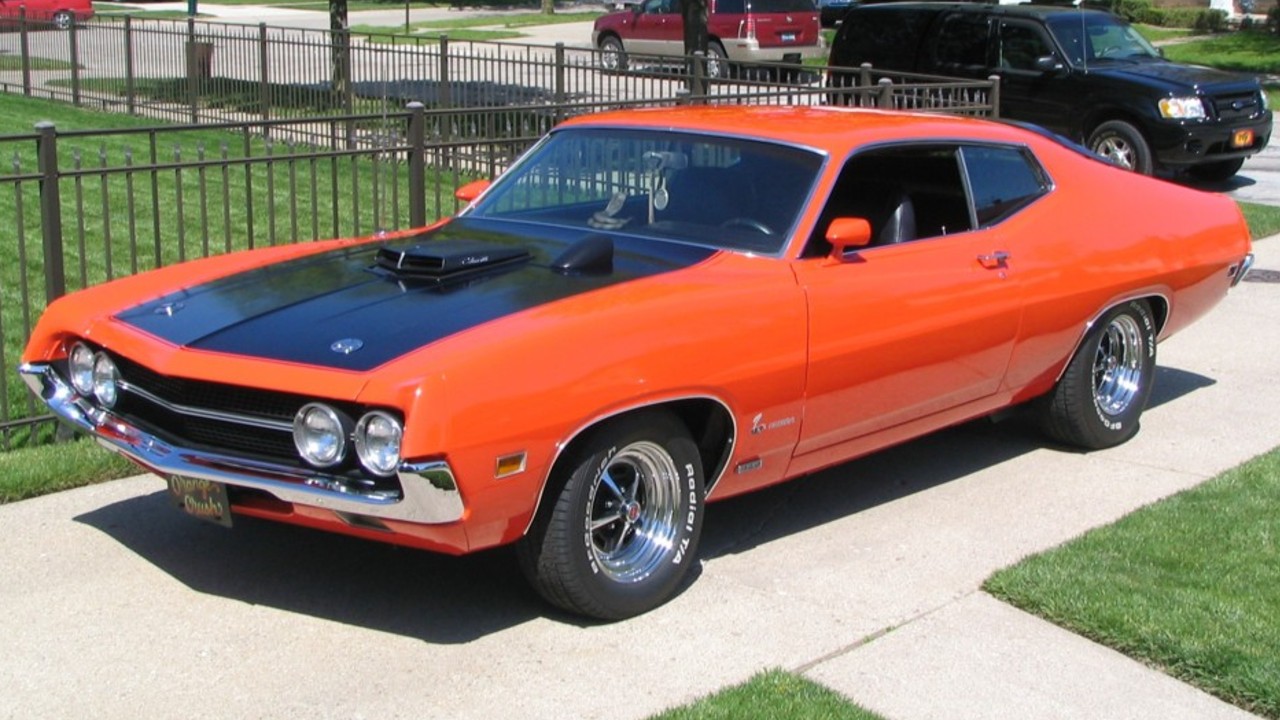
Advancements in materials and manufacturing techniques have enabled more varied and efficient hood scoop designs. Modern composites and lightweight materials allow for innovative shapes and configurations, enhancing both aesthetic appeal and functionality. These innovations ensure that hood scoops remain a viable design feature in contemporary automotive design.
Looking to the future, the continued use and evolution of hood scoops in non-performance cars will likely be influenced by emerging automotive trends and technology. As electric vehicles and advanced aerodynamics become more prevalent, the role of hood scoops may change, potentially serving new functions or adapting to new design paradigms.
Environmental considerations will also impact the design and functionality of hood scoops. With sustainability trends shaping the automotive industry, manufacturers may explore eco-friendly materials and designs that minimize the environmental impact of hood scoops. This shift could lead to the development of innovative solutions that balance style, performance, and sustainability.
Like Fast Lane Only’s content? Be sure to follow us.
Here’s more from us:
*Created with AI assistance and editor review.

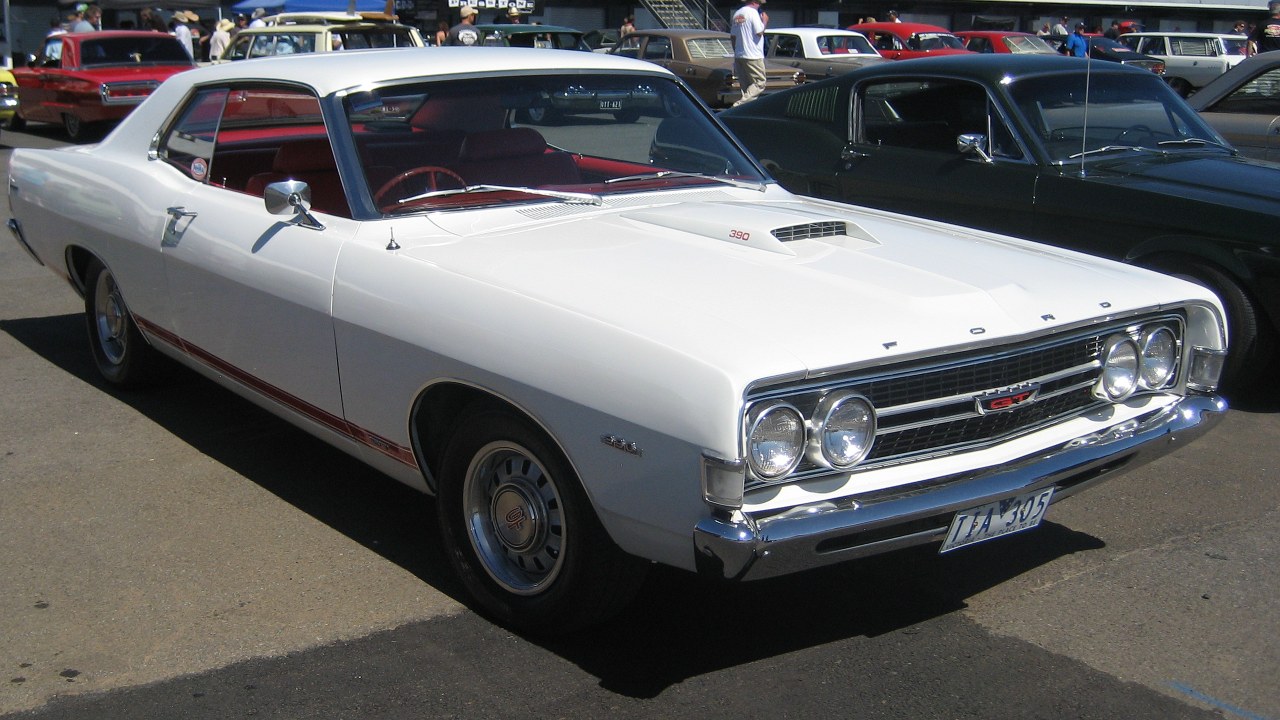


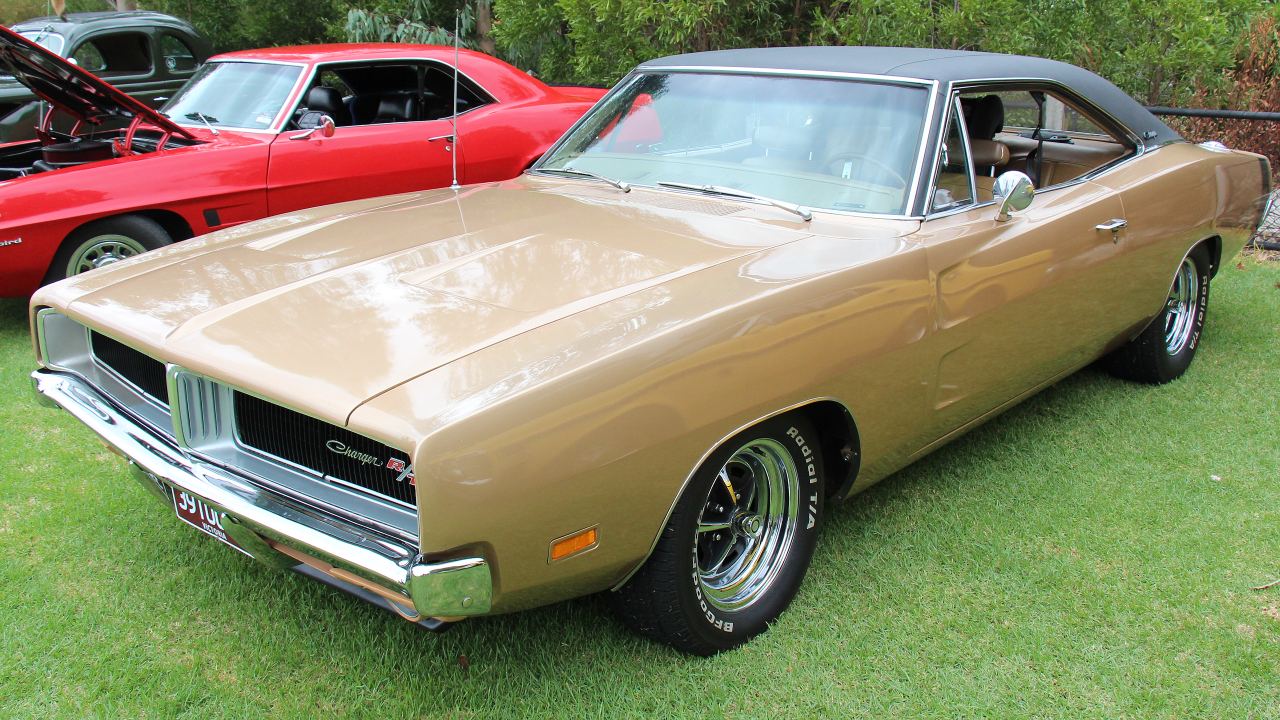
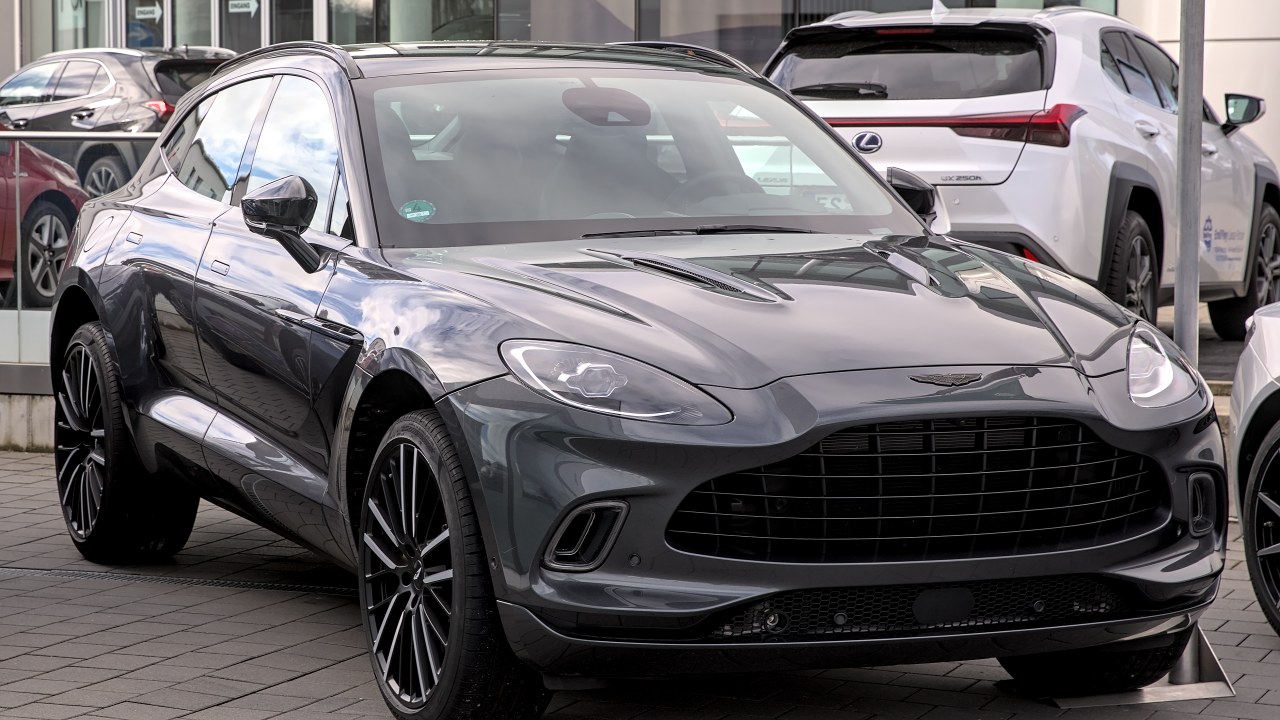

Leave a Reply